Market Share
Glass Additives Market Share Analysis
In the dynamic realm of the glass additives market, companies implement diverse strategies to establish their footing and expand their market share. One of the key strategies employed is differentiation, where companies emphasize unique features or properties of their glass additives to distinguish themselves from competitors. For instance, some companies may highlight additives that improve the strength, clarity, or thermal resistance of glass products. By showcasing these distinctive attributes, they attract customers seeking specific benefits or functionalities, thus carving out a niche within the market.
Cost leadership is another significant strategy, with companies striving to offer competitive pricing while maintaining profitability. Through efficient manufacturing processes, strategic sourcing of raw materials, and economies of scale, these companies can provide glass additives at lower costs compared to their competitors. This approach appeals to price-conscious consumers and businesses looking to optimize their expenses without compromising on quality. By positioning themselves as cost leaders, companies can capture market share among budget-conscious buyers and strengthen their presence in the market.
Furthermore, companies may adopt a niche market strategy, targeting specialized segments or applications within the glass additives market. Instead of competing across the entire market spectrum, they focus their efforts on serving specific customer needs or addressing unique industry requirements. For example, a company might specialize in additives designed for architectural glass applications, such as coatings that enhance energy efficiency or reduce glare. By catering to niche markets, companies can develop expertise, build strong customer relationships, and establish themselves as leaders within their chosen segments.
Branding and marketing play a pivotal role in market share positioning strategies within the glass additives market. Building a strong brand identity helps companies differentiate themselves, cultivate customer loyalty, and command premium pricing. Through targeted marketing campaigns, companies can raise awareness about their products, communicate key benefits, and influence consumer perceptions. Whether through digital platforms, industry events, or collaborations with glass manufacturers, effective marketing efforts enhance visibility and drive demand for glass additives, ultimately contributing to market share expansion.
Strategic partnerships and collaborations also feature prominently in market share positioning strategies. By forming alliances with glass manufacturers, research institutions, or industry associations, companies can leverage complementary strengths and resources to gain a competitive edge. Collaborative ventures enable companies to access new markets, enhance product development capabilities, and stay abreast of emerging trends. Through strategic partnerships, companies can broaden their market reach, capitalize on growth opportunities, and solidify their position in the glass additives market.
Innovation serves as a cornerstone of market share positioning strategies in the glass additives market. Companies invest in research and development to introduce new additives, improve existing formulations, and address evolving customer needs. Whether it's developing additives that enhance glass strength, durability, or sustainability, innovation drives differentiation and stimulates market growth. Companies that prioritize innovation can capture market share by offering cutting-edge solutions that meet the evolving demands of glass manufacturers and end-users.
Customer experience and service quality are also critical components of market share positioning strategies. Providing excellent technical support, product customization options, and timely delivery fosters trust and loyalty among customers. Companies that prioritize customer satisfaction can differentiate themselves from competitors and build long-lasting relationships with clients. Positive experiences lead to repeat business, referrals, and positive word-of-mouth, ultimately contributing to market share expansion and sustained growth.

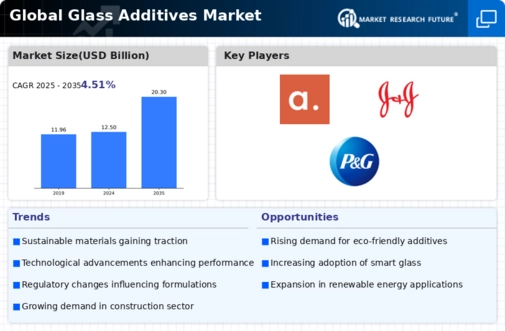

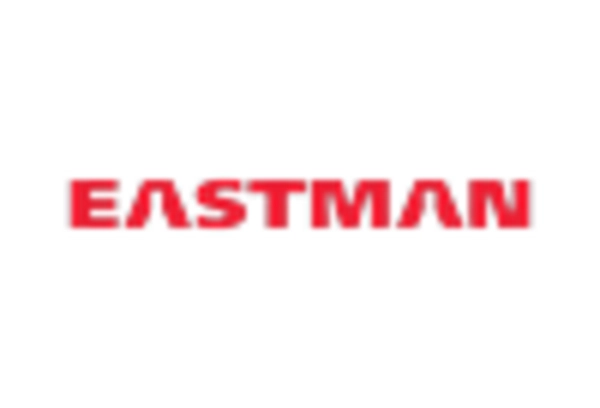
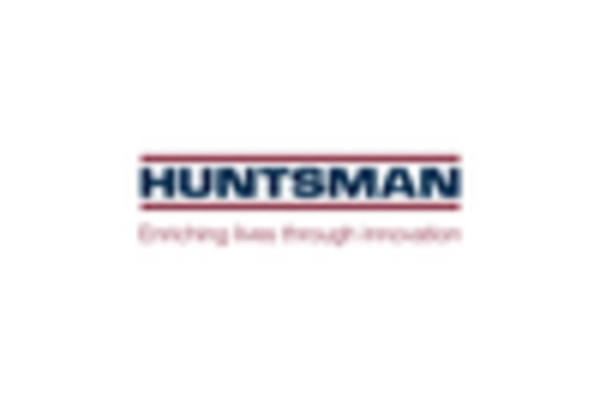
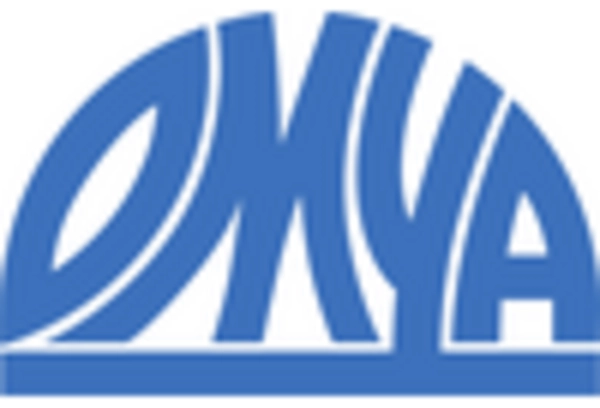
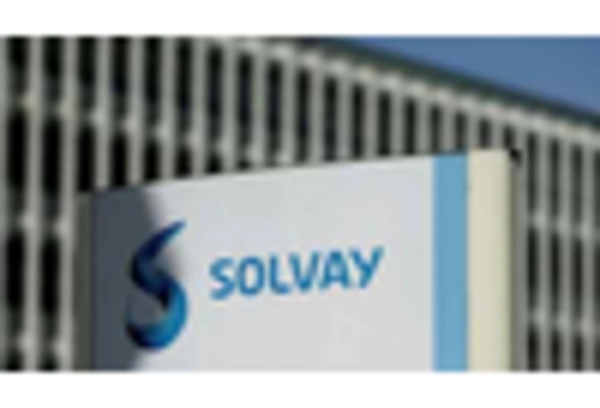
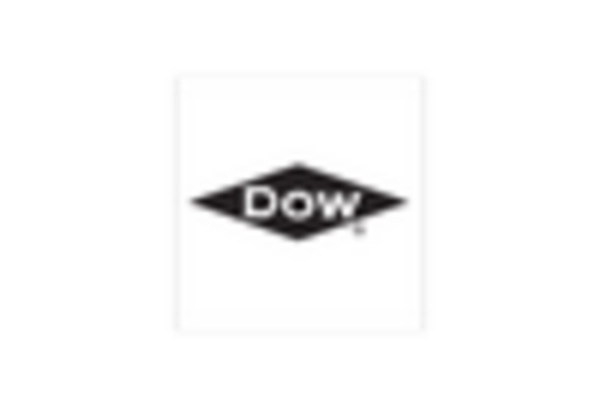









Leave a Comment